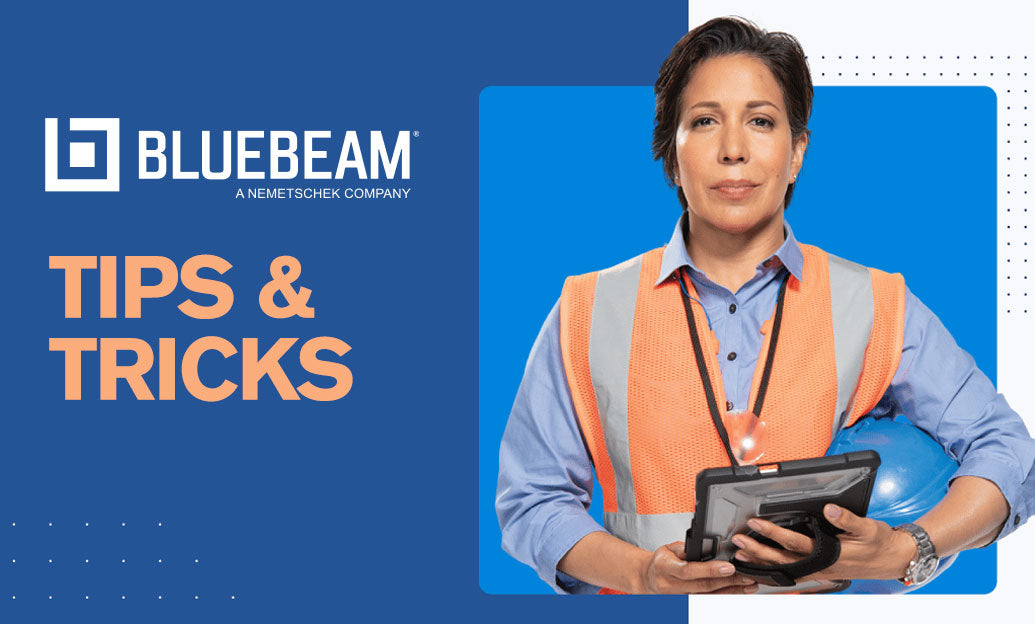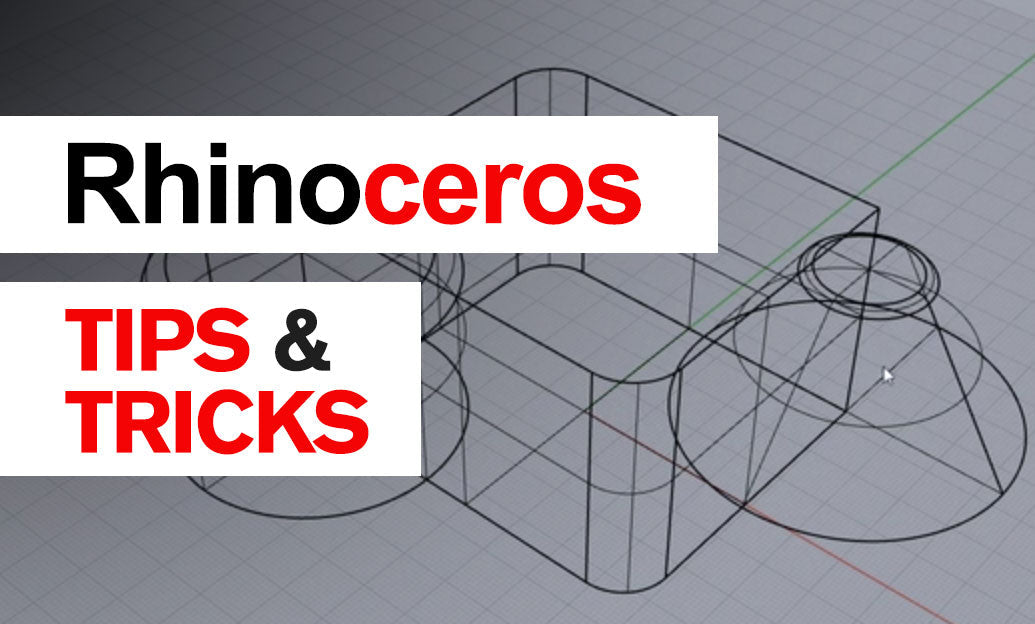Your Cart is Empty
Customer Testimonials
-
"Great customer service. The folks at Novedge were super helpful in navigating a somewhat complicated order including software upgrades and serial numbers in various stages of inactivity. They were friendly and helpful throughout the process.."
Ruben Ruckmark
"Quick & very helpful. We have been using Novedge for years and are very happy with their quick service when we need to make a purchase and excellent support resolving any issues."
Will Woodson
"Scott is the best. He reminds me about subscriptions dates, guides me in the correct direction for updates. He always responds promptly to me. He is literally the reason I continue to work with Novedge and will do so in the future."
Edward Mchugh
"Calvin Lok is “the man”. After my purchase of Sketchup 2021, he called me and provided step-by-step instructions to ease me through difficulties I was having with the setup of my new software."
Mike Borzage
V-Ray Tip: Maximizing Realism in V-Ray: Effective Strategies for Using Scatter to Populate Scenes
June 18, 2024 2 min read

Creating a realistic environment often entails populating scenes with various objects, such as vegetation, debris, or crowd. Manually placing each item can be time-consuming and computationally expensive. That's where V-Ray Scatter becomes an indispensable tool for adding complexity and realism to your scenes without excessive effort or system resources. Here are some tips to effectively use V-Ray Scatter:
- Start with the area you want to populate. Define the surface or volume where you'd like your objects to be scattered.
- Select the objects or proxies you plan to scatter. Proxies are particularly useful for high-poly models, as they help maintain viewport responsiveness.
- Adjust the density and distribution settings to avoid an unnatural uniform look. V-Ray Scatter allows you to randomize object placement, providing a more organic feel to the populated area.
- Utilize variability. Vary the rotation, scale, and even the object type within the scatter to mimic natural randomness.
- Make use of the camera clipping feature to only render objects within the camera's view, optimizing render times significantly.
- Use texture maps to control the distribution of scattered objects. Black and white maps can define where objects should or shouldn't be scattered.
- Combine Scatter with V-Ray Environment Fog to create depth in large scenes with atmospheric perspective.
- Test render settings at lower resolutions before committing to the final render. This step ensures that the scatter looks good in the scene without waiting for a full-resolution render.
For more in-depth tutorials and an extensive selection of V-Ray products, visit NOVEDGE. Enhance your rendering capabilities and workflow efficiency with the latest tools and expert advice.
```You can find all the V-Ray products on the NOVEDGE web site at this page.
Also in Design News

Bluebeam Tip: Maximize PDF Security and Efficiency with Bluebeam Revu's Flatten Tool
December 02, 2024 1 min read
Read More
Design Software History: Evolution and Impact of Geometric Constraint Solving in CAD History
December 02, 2024 2 min read
Read More
Rhino 3D Tip: Enhancing Scale Modeling Accuracy in Rhino 3D: Essential Tips for Designers and Engineers
December 02, 2024 2 min read
Read MoreSubscribe
Sign up to get the latest on sales, new releases and more …


